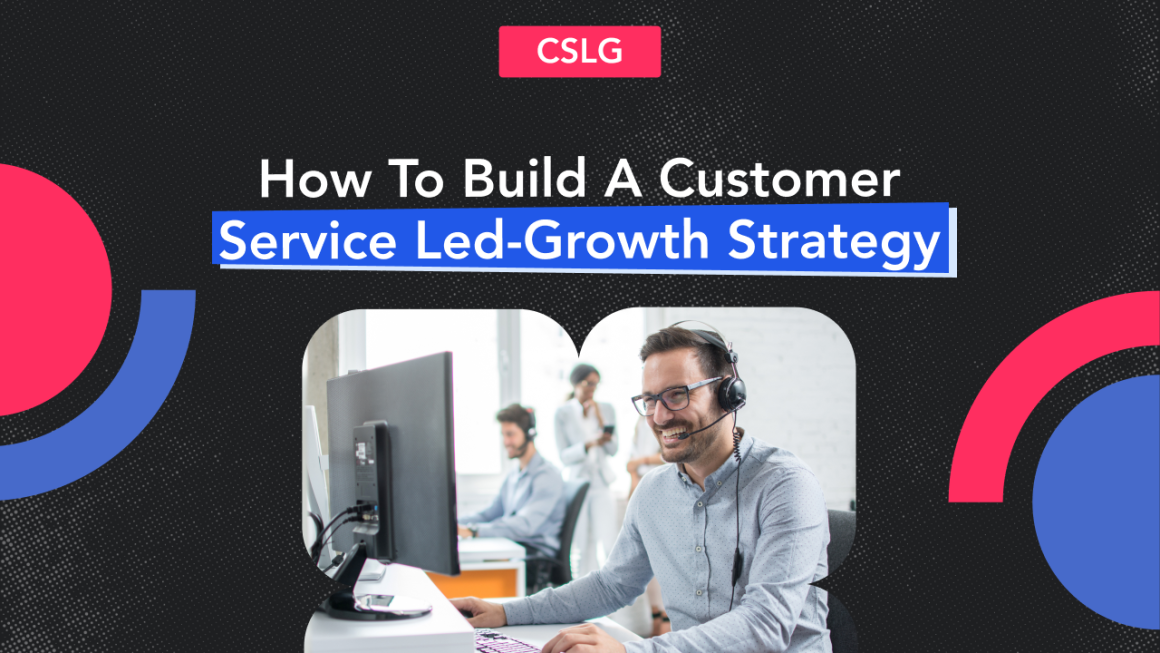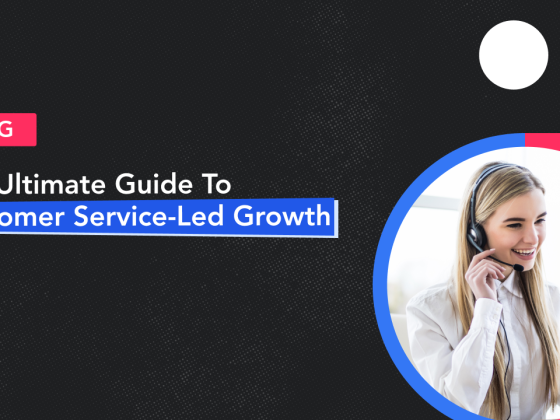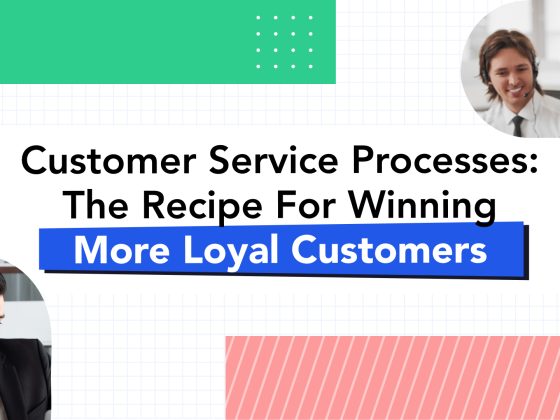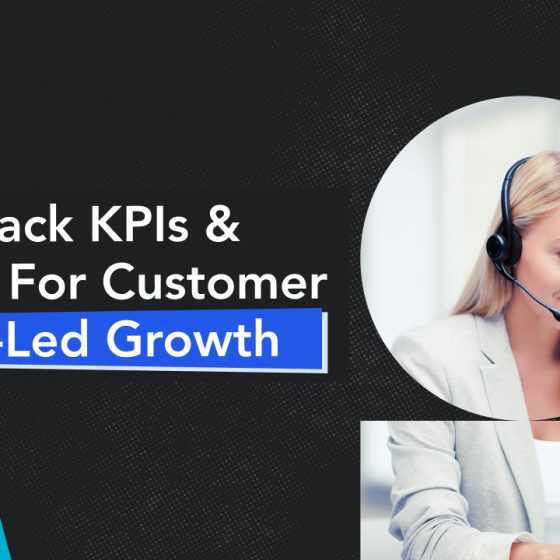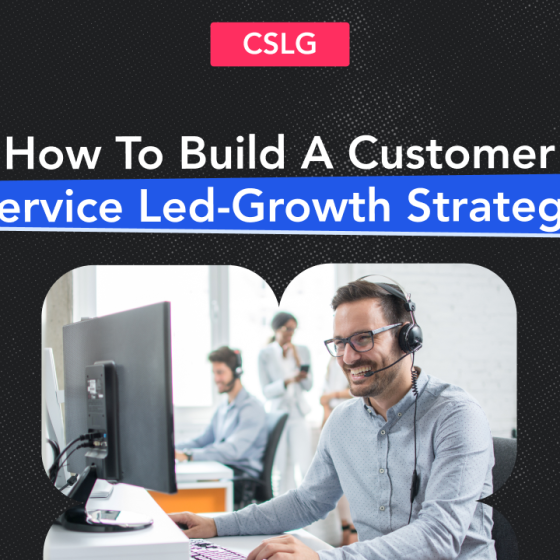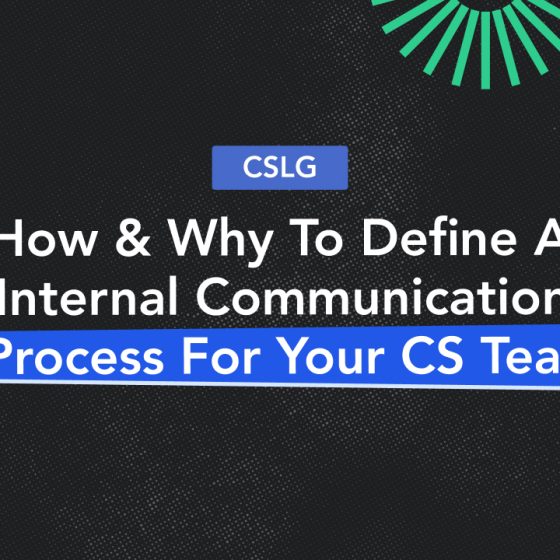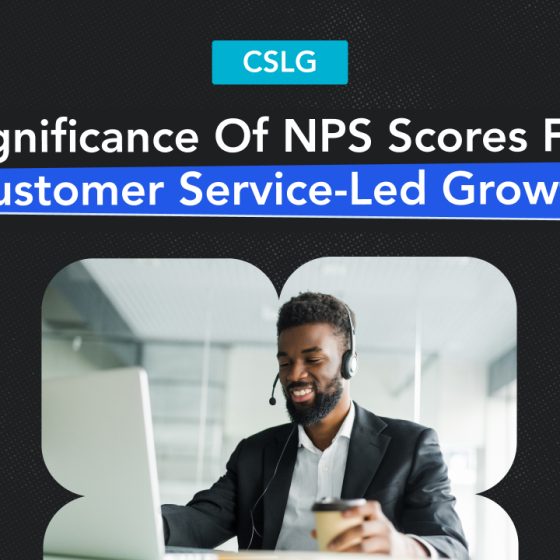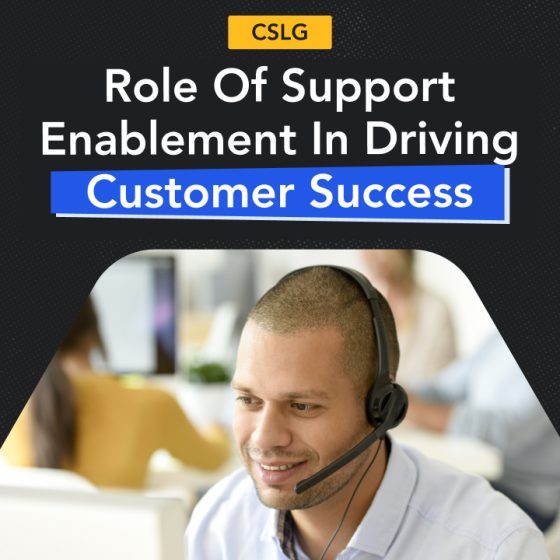In his book, the “The Art Of War,” Sun Tzu said, “Strategy without tactics is the slowest route to victory. Tactics without strategy is the noise before defeat.”
Now, why are we quoting a book about war? Because when it comes to customer service-led growth (CSLG), you’re battling to win the hearts and minds of your customers. And before you can go to battle, you need to devise a strategy that focuses on providing a world-customer service experience to your customers.
A good Customer service led-growth strategy not only increases your chances of winning over the hearts and minds of your customers, but also the opportunity to earn their loyalty and build long-term relationships with them.
For a winning CSLG strategy, follow these 8 steps.
1. Prioritize your customer issues
While it’s true that every one of your customers is important and deserves the same amount of attention, unfortunately, some requests just can’t wait. 90% of customers rate immediate responses as important when they have a question. Prioritizing your customer service issues will not only help you get to the most important ones faster, but will also help you to deliver a seamless customer experience.
Conversations can be prioritized based on the nature of the customer problem, the type of communication channel, or the type of customer requesting the service:
- Low-priority issues are typically how-to questions or general product inquiries an do not require an instant response. You can also invest in self-service resources, like a help center or chatbot, to handle them so they don’t take up your team’s time.
- Medium-priority requests include troubleshooting issues, product bugs, or questions about product usage. Although these issues might not require an immediate response, they should nevertheless be answered promptly.
- High-priority issues prevent customers from using the product or service effectively. For example, an app crash requires an immediate response and should be placed first in the queue.
Our guide will walk you through the most effective ways to prioritize customer requests.
2. Set measurable objectives
Can you imagine a general going into battle without a plan of attack? That’s the quickest path to defeat. To ensure your customer service-led growth strategy hits the mark, set objectives that allow you to track progress. Some key metrics to keep track of are:
- Earned growth measures the revenue growth generated by your returning customers and their referrals.
- Net retention rate (NRR) looks at the recurring revenue generated from your existing customers over a set period.
- Customer lifetime value (CLV) the total amount of money a customer is expected to spend on your products and services in their lifetime.
- Customer satisfaction score (CSAT) shows how happy your customers are with your brand and product.
- Net Promoter Score (NPS) measures customer loyalty and helps you identify your brand champions by asking them how likely they are to recommend your product or service to others.
- Churn rate compares customers who churn to retained customers. Use it to measure how successful your CSLG strategy is at retaining customers.
- First contact resolution rate shows how often calls or queries are resolved without needing a follow-up interaction.
- Average response time shows how long it takes for reps to respond to a customer query.
Learn more about the KPIs and metrics that you need to track for your CSLG strategy.
3. Define the key roles for your CS team
Think of your customer service and support teams as your soldiers. And just like the army has different soldiers with specific specialties and specific jobs, your team members too have different roles. Each plays a critical part in your customer service-led growth strategy.
So it’s essential to define the key roles that will make up the team that will lead you to customer service success.
There are no set rules on what roles your team should have, but most customer service teams include:
- A customer success manager to develop relationships with customers and help them realize the full potential of your company’s products or services. Their goal is to ensure that your customers make the best use of your products or services and remain loyal customers.
- A customer support specialist to answer a customer’s questions regarding a company’s products and services. They also help with implementation, troubleshooting, maintenance, and product upgrading.
- A customer support manager to supervise the day-to-day operations of the customer support department and train new support specialists. They also deliver knowledge base content, best practices, and methodologies.
- A customer service manager to lead the day-to-day operations, set KPIs, update customer service procedures, and ensure every member has what they need to provide excellent service.
- A customer service engineer to troubleshoot technical issues about a product and service that are beyond what a customer support specialist can handle. They often diagnose problems over the phone, research solutions, and run tests to ensure an issue is resolved.
- Customer service representatives to answer customers’ questions regarding a company’s products and services. They handle inbound requests such as taking orders, processing returns, and resolving complaints.
4. Plan your customer resolution process
Militaries often plan every battle scenario to anticipate the consequences of possible outcomes. This planning can mean the difference between life and death. And while the consequences may not be as dire, if you want to increase customer satisfaction for your business, you need to prepare your reps for scenarios they’ll face with customers.
Through a customer resolution process, your team receives customer complaints, investigates the cause of the issue, and resolves the problem. 70% of unhappy customers would return to a company that successfully resolved their issues. So it pays to develop a system for smooth and faster resolutions to questions, concerns, or complaints.
In your customer support process, it’s essential to cover all of the key phases of the interaction between the customer and the agent:
- First contact: This is when your customers contact you through any of your communication channels. At this stage, you must set up SLAs on how soon an agent must respond to a customer and the message’s tone.
- Listening: This part of the process involves steps asking the customer to explain the problem, gathering information, logging their details, and letting the customer know what the next steps in the process are.
- Problem-solving: In this phase, you must outline the steps the agent needs to take to resolve the issue, how long it will take to fix it, and how to communicate that to the customer.
- Farewell: This defines the end of the interaction. Your process must include steps to gather customer sentiment and satisfaction — for example, sending out a short satisfaction survey to capture customer feedback.
5. Prepare customer support enablement material
81% of consumers say they want more self-service options. A thoughtful approach to customer enablement helps customers find the tools, training, and resources they need to quickly ramp up on your products or services.
Customer support enablement can take the form of the following:
- Training materials (workbooks, learning management systems)
- Knowledge bases and FAQ pages
- Educational content (Ebooks, blog posts, whitepapers, webinars, podcasts)
- Community forums
- Customer onboarding
- Customer success or service teams
6. Plan your customer onboarding sequence
In the fierce battle against your competitors, your customers are your most trusted allies. And you’ll need to keep them at your side at all costs. An excellent customer onboarding sequence will help your new customers clearly understand and experience the value they’ll get from your product. This is essential for retaining them and securing their loyalty.
Although your onboarding sequence will depend on each user’s specific needs, this checklist should help you achieve a frictionless customer experience:
- Map out your customer onboarding from start to finish
- Plan the tools and technology you’ll need (customer success software, meeting scheduling tools, etc.)
- Prepare onboarding material (video tutorials, live training sessions, articles, etc.)
- Send new customers a welcome email
- Collect user data to personalize the customer experience
- Schedule product walkthroughs
- Share onboarding materials and FAQs with customers
- Schedule routine check-ins with customers
- Track and measure progress
- Send surveys to customers to capture their feedback
Learn more about what goes into developing these steps so you can create a smooth customer onboarding process that helps reduce time to value and support dependency.
7. Craft an internal communication plan for your customer team
How can you expect to communicate effectively with your customers if your customer service reps cannot communicate effectively with each other first? Good internal communication plays a crucial role in developing a customer-centric company culture and enables everyone to work together toward ensuring customer satisfaction.
Internal communication guidelines also foster a smooth collaboration process between agents and help solve customer queries faster. These guidelines should include the usage of internal communications tools, minimum time to respond to customer queries, what language to use, internal announcements, and transparency around what agents are allowed to send publicly and privately.
8. Define your customer success processes
Not to sound like a broken record, but your customers’ success is your success. Helping customers achieve their goals enables you to build a loyal customer base, build trust, and can lead to revenue growth. That’s how you become the victor in the battle.
A customer success process sets your customers up for success by describing the specific steps needed to help them confidently use your products or services to achieve their goals. Two crucial steps in developing your customer success process involve:
1. Understanding what success means to your customers: To do this, you will need to capture intelligence about your customers. This will help you understand your customer’s needs so you can deliver specific services tailored to help them reach their goals.
2. Creating a customer journey map: Armed with your customer intelligence data, you can structure your customer success plans and map the customer’s journey with your product or service. From onboarding all the way to adaptation, you’ll ensure a smooth transition through each stage and clarify who is responsible for each step of your customer’s experience.
Prepare for victory with a CSLG strategy
We’ll end this article with another quote, this time from the inventor, scientist, and statesman Benjamin Franklin who once said, “failure to plan is planning to fail”.
No one plans to fail, but that’s exactly what can happen if you don’t have a customer service-led growth (CSLG) strategy in place. Your customer service will fail, and you’ll ultimately fail at keeping your customers happy. So if you want to be victorious, establish the groundwork using Helpwise for the long-term growth of your companies with a service-first strategy.
